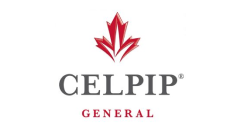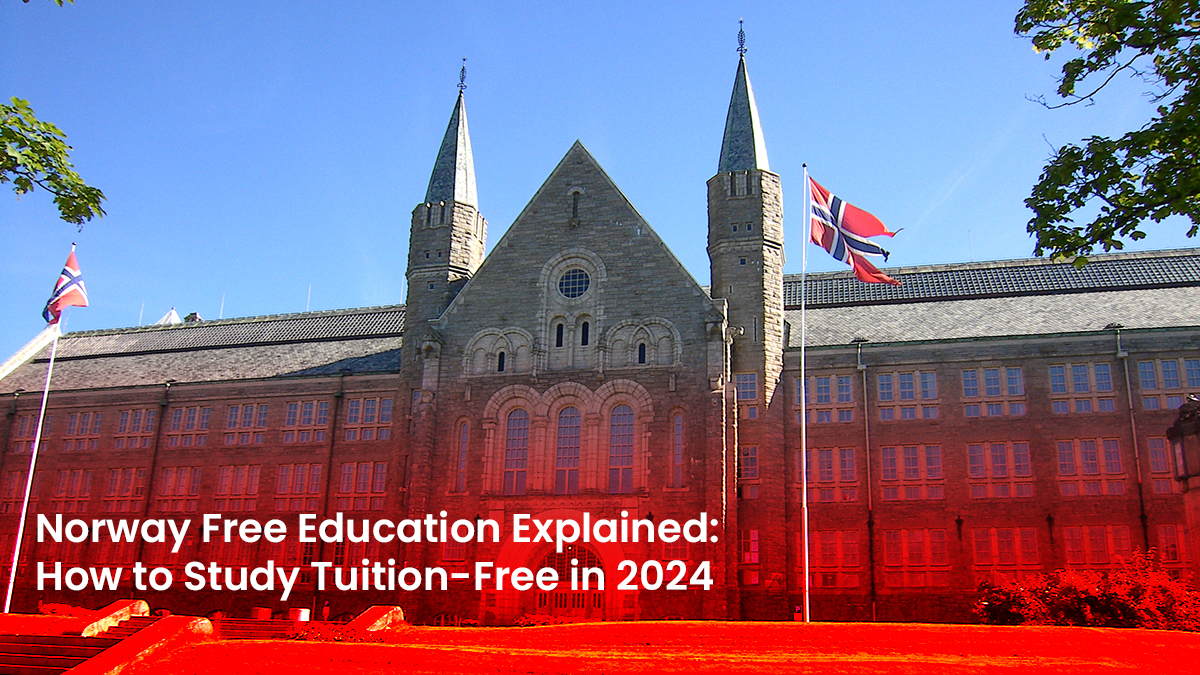In spite of multiple barriers, higher education should then be crafted as a joyous experience toward learning and self-discovery. This will welcome and not alienate new enrollees, encourage those in the middle of their studies to press on, and prepare graduates for a career in front of them.
Throughout history the world evolves, and with it, the global market of higher education. It expands its capacity, improves its education delivery, and reinforces its international linkages.
The rise of education technology, powered by the internet, together with the aggressive marketing for international student recruitment in the mission of globalization, has turned pathways to higher education into a social norm.
However, growth is not without its set of challenges. Rollin Kent, a professor who devoted himself to extensive research on higher education policies and organizational changes in higher education in Mexico and Latin America, shared his observations in a paper published more than two decades ago.
“According to the World Bank, higher education is in crisis throughout the world in terms of: low quality, because of rapid enrollment growth under conditions of limited resources; inefficiency, in terms of inappropriate use of public resources in higher education, high dropout rates, and program duplication; and inequity, because ‘public subsidies as a proportion of unit costs of higher education often far exceed the subsidies to primary and secondary education.’”
Today, it can be noted that pathway programs, which can be perceived by international students as an avenue for alternative education programs, help solve the problems stated by the World Bank: low quality, inefficiency, and inequity.
The next step: equity
A working paper by the UNESCO International Institute for Educational Planning (IIEP) outlines the progress higher education has made in recent years. An IIEP article praises the fact that higher education is now available for the rest of the world as compared to decades ago when it was exclusive for the elite.
“A more educated workforce can fuel social and economic development, thus helping countries become more competitive in the global market, and in turn improving the lives and prospects of individuals,” it stated.
However, the same paper agrees that while these changes are good, there is still much work to be done, most especially in the context of achieving the Sustainable Development Goal 4 (SDG 4) as established by the United Nations in September 2015. SDG 4 is titled: “Ensure inclusive and equitable quality education and promote lifelong learning opportunities for all.”
With the influx of international students in the global market of higher education, and the overall progression of each and every higher education institution as a modern global education provider, systems are bound to become more fragmented.
Before achieving the goals set out in SDG 4, the entire global education market now has to address a singular issue that currently affects all states, institutions, and students: equity in higher education.
Importance of equity in higher education
While SDG 4 tackles global education in general, it focuses on higher education in Target 4.3: “…ensure equal access for all women and men to affordable and quality technical, vocational and tertiary education, including university…” Aware of the challenges that may hinder higher education institutions in providing equitable access for learners, UNESCO openly offers “technical support to Member States to review higher education strategies and policies.”
In Target 4.5, it further discusses the importance of equity. UNESCO hopes that higher education institutions “eliminate gender disparities and ensure equal access to all levels of education and vocational training for the vulnerable, including persons with disabilities, indigenous peoples and children in vulnerable situations.”
Barriers, access issues
Breaking down the contents of SDG 4, Target 4.5, it can be understood that underlying barriers or issues surrounding equitable access to higher education may be summarized into the following:
Gender, racial, cultural biases. Dr. Frank C. Worrell, a distinguished professor from the University of California, Berkeley, and psychologist by training, shared during a symposium on equity issues in college how students greatly attach themselves to their identities, and how this affects their engagement.
“Whether students feel a sense of belonging at school has implications in their decision to participate or not, and to continue in that trajectory of participation and engagement,” said Dr. Worrell. He enumerated various common student identities: Racial and ethnic groups; Foster youth; Gender variant individuals; Individuals with disabilities. All of these students carry a unique set of identity issues which may vary from one individual to another.
Higher education institutions and their faculty and staff have to be trained to be able to continue on with education delivery without prejudice or bias among students. Not only that, the institution needs to be a place where students feel accepted thus, they are motivated to learn.
According to EducationData.Org, the gender gap among those with Bachelor’s degrees in the United States have increased from 2000 to 2019. The data should help those in charge of drafting a higher education recruitment plan and educators themselves, in providing equal education opportunities for students. / Education Data
With the current political climate in the United States, experts predict that 2023 would be the first year when the high school graduating class in the United States becomes majority-minority. Therefore, the situation presents higher education with an opportunity to practice equity to counter historical and current racial inequalities among students.
In his greetings on the “Diversity, Equity and Inclusion Institutional Strategic Plan 2021-26” for the University of Mississippi, Gregory Vincent, executive director of the civil rights and education initiative wrote: “The U.S. Supreme Court has consistently affirmed that diversity is a compelling government interest in public higher education. The court cited research that demonstrates that all students benefit from a diverse learning environment and affirmative efforts to promote equity help to reduce the adverse impact of racial exclusion.”
Financial constraints
Finances remain to be a major issue, especially those students among developing countries.
“Poverty is a key factor impeding enrollment, primary and secondary completion, and learning outcomes—aspects that have a direct impact on [higher education] access and partially explain why students from ethnic minority and indigenous communities consistently underachieve,” stated part of Unesco’s research work titled “Towards universal access to higher education: international trends.”
Meanwhile, for those who can afford higher education, it does not necessarily mean that they are free from financial stress. Ohio State University’s 2015 National Student Financial Wellness Study found that 70 percent of college students reported feeling financial stress. This takes up much of one’s thoughts, and ultimately, some students resort to dropping out.
“Both high tuition costs and the difficulties of paying bills while studying are critical factors. Concerns about affordability for higher education keeps many potential high school graduates from even applying,” stated a report by Education Data enumerating some financial barriers to higher education.
According to EducationData.Org, the cost of college tuition in the United States has skyrocketed by 1,375 percent from 1978 until 2017. / Education Data
Lack of student confidence
While identity and finances can play a role in a student’s confidence, some programs may be tailored more for the intellectually advanced student leaving behind those lagging behind. Higher education institutions could revisit their programs or campus initiatives to instill high student confidence especially in freshmen.
In a presentation for University of Nevada, Las Vegas by EAB—a best practices firm that uses research, technology, and consulting to address challenges within the education industry—presented the possibility that “front-loading Math-heavy content can create multi-term delays.” It goes on, proposing to “delay Math but boost engagement and equity,” giving students who struggle with Math the opportunity to catch up.
In the same presentation, Kevin Carman, executive vice president and provost at University of Nevada, Reno, is quoted as saying: “What makes this work is focusing the program on what it means to be successful in a college class and letting students experience that early in their college career.”
In fact, an article entitled “The Single Biggest Equity Issue in Higher Education” by University of Texas at Austin professor Steven Mintz, did not mince words: “It isn’t access or affordability. It’s success in high-demand, high-outcomes majors.” Mintz goes on to write: “…one of the reasons why a disproportionate share of men drop out of college is because of a misguided belief that they can succeed in fields for which they were ill-prepared in high school.”
Taking fairly into account all the barriers to college raised, higher education should then be crafted as a joyous experience toward learning and self-discovery. This will welcome and not alienate new enrollees, encourage those in the middle of their studies to press on, and prepare graduates for a career in front of them.
The pathways option
The global education market is now in the age of transformation, given the variety of new student pathways program options available. Responding to the need of the times, education management platform MSM Higher Ed aims to contribute to increasing access to the international learning experience through its very own pathway initiative. Its global consortium of leading universities and colleges in destination countries will provide students,
particularly those whose families’ disposable incomes were badly affected by the pandemic, a headstart to earning their international credential closer to their homes while the world grapples with this new normal. The key advantages for taking MSM Higher Ed Pathways: local tuition rates; students will be starting their studies from home before advancing to destination universities; and significant savings on living expenses of studying abroad.
Course modules are drafted as well with student success in mind. MSM Higher Ed Pathways offers its Global Awareness and Study Skills (GASS) pre-departure course that offers an applied study plan that prepares students with social and cultural adaptation, study and academic integrity awareness, and pre-departure and arrival skills.
Suffice to say, students navigating higher education through pathways options have a good idea of what they are getting into, and have gauged how much is required of them to be able to succeed in earning their degree. Pathway programs provide flexible learning opportunities for just about any student around the world.
Conclusion
This Insights article began by lifting a report from the 1990s on the state of higher education and problems which surrounded it. Higher education has made great strides to improve since. Today, international pathway program options exist to provide higher education institutions with additional platforms on how to further incorporate an equity-centric culture in their own systems of education. Although there are several factors that affect a student’s decision on whether or not he or she pursues higher education, the world should not be lacking in institutions ready to grant a student the opportunity to succeed academically, and in life thereafter.
Data sources:
Rollin, K. (1996, March) The World Bank and UNESCO on higher education. International Higher education. Retrieved from https://www.researchgate.net/publication/44820414_The_World_Bank_and_UNESCO_on_higher_education
Higher education today: Why flexible learning pathways are the way forward (2020, February 27) IIEP-UNESCO. Retrieved from http://www.iiep.unesco.org/en/higher-education-today-why-flexible-learning-pathways-are-way-forward-13340
Ensure inclusive and equitable quality education and promote lifelong learning opportunities for all. United Nations. Retrieved from https://sdgs.un.org/goals/goal4
Higher education. UNESCO. Retrieved from https://en.unesco.org/themes/higher-education
Equity in Education. UNESCO. Retrieved from http://uis.unesco.org/en/topic/equity-education
Equity Issues in College and Career Pathway Teaching and Learning Practices (2018, April 26) University of California, Berkeley. Retrieved from https://files.eric.ed.gov/fulltext/ED586441.pdf
Education attainment statistics. Education Data. Retrieved from https://educationdata.org/education-attainment-statistics
Pathways to Equity. The University of Mississippi. Retrieved from https://chancellor.olemiss.edu/wp-content/uploads/sites/310/2021/01/UM_Pathways_to_Equity_Jan2021.pdf
Towards universal access to higher education: international trends (2020, November 16) UNESCO. Retrieved from https://www.iesalc.unesco.org/en/wp-content/uploads/2020/11/Towards-Universal-Access-to-HE-Report.pdf
Grabmeier, J. (2015, June 30) 70 percent of college students stressed about finances. Ohio State News. Retrieved from https://news.osu.edu/70-percent-of-college-students-stressed-about-finances/
College dropout rates. Education Data. Retrieved from https://educationdata.org/college-dropout-rates
Overcoming Barriers to Equity in Student Success. EAB. Retrieved from https://www.unlv.edu/sites/default/files/assets/toptier/docs/Overcoming-Barriers-to-Equity-in-Student-Success-UNLV.pdf
Mintz, S. (2021, March 1) The Single Biggest Equity Issue in Higher Education. Inside Higher Ed. Retrieved from https://www.insidehighered.com/blogs/higher-ed-gamma/single-biggest-equity-issue-higher-education
MSM Higher Ed Pathways. MSM Higher Ed. Retrieved from https://msmhighered.com/pathways/












